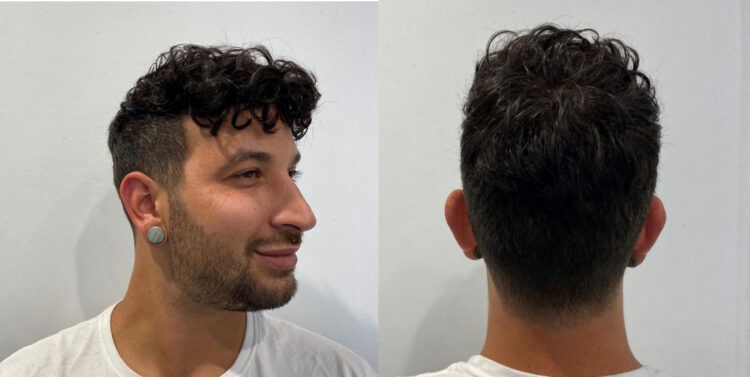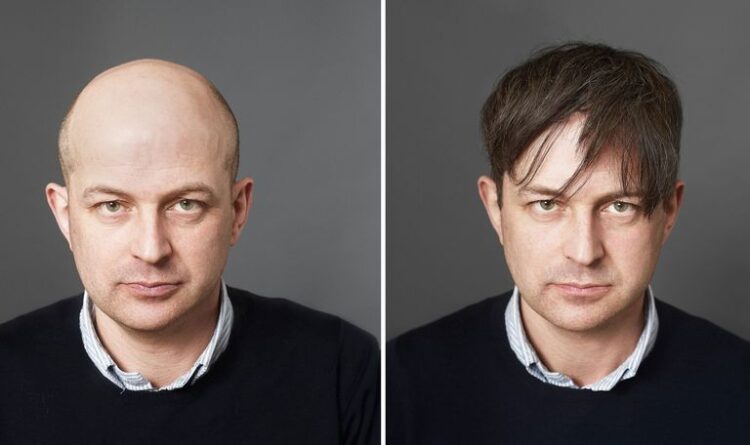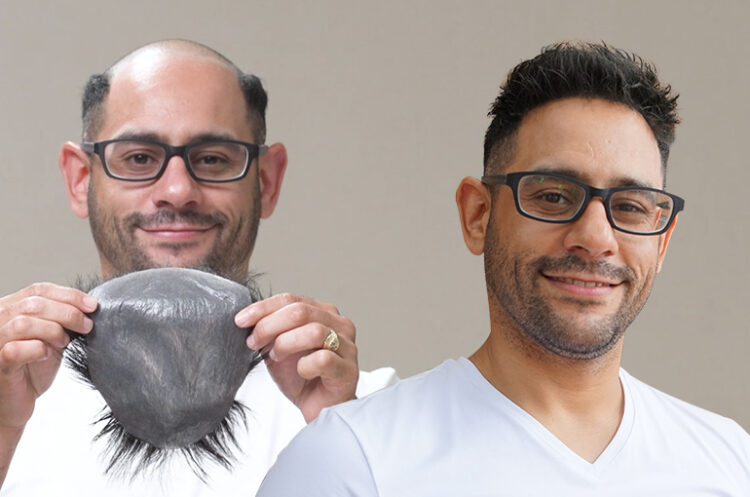For years, toupees or wigs for men have been associated with shame, insecurity, and deception. However, with the advancement of technology and changes in fashion trends, toupees have gone through a significant evolution from being a symbol of embarrassment to a fashion statement. In this article, we will explore the history of toupees, the negative stigma they carried, and how they have transformed into popular accessories for men.
A Brief History of Toupees
The use dates back to ancient times when they were worn by Egyptians to protect their bald heads from the sun. The Greeks and Romans also used toupees for men, not for aesthetic purposes but as a symbol of power and status. In the 16th century, hairpieces became more popular in Europe, especially among the aristocracy. It was during the 17th century when the first wigmakers’ guild was established in France, and the wig became a symbol of high fashion and social status.
The Negative Stigma Associated with Toupees

For many years, hairpieces have been associated with a negative stigma. They have been considered a sign of aging, baldness, and a lack of virility. Many people believed that wearing a hairpiece was a sign of weakness, insecurity, and deception. The stigma attached to hairpieces made them an object of ridicule and embarrassment, which discouraged many men from wearing them.
The Stigma of Baldness
Baldness has always been a subject of stigma in society, and the idea that a man’s virility is tied to the presence of hair on his head has been around for centuries. Men who suffer from hair loss are often seen as less attractive, less powerful, and less successful than their fully-haired counterparts. As a result, men who choose to wear hairpieces are often seen as trying to deceive others by hiding their baldness.
The Stigma of Deception
Another reason for the negative stigma attached to hairpieces is the idea that they are meant to deceive others. Hairpieces have been portrayed in the media as a tool used by criminals to disguise their appearance. This association has made many people view hairpieces as a dishonest means of hiding one’s true identity.
The Stigma of Insecurity

The negative stigma attached to hairpieces has also been fueled by the idea that wearing one is a sign of insecurity. Many people believe that men who choose to wear hairpieces are insecure about their appearance and are trying to compensate for their perceived flaws. This perception has made many men reluctant to wear hairpieces, fearing that they will be seen as weak or insecure.
Breaking the Stigma
In recent years, there has been a shift in the way people view hairpieces. With the rise of celebrities openly wearing hairpieces, the negative stigma associated with them has started to dissipate. Today, hairpieces are viewed as a viable option for guys who want to improve their appearance and boost their confidence.
The Transformation of Toupees into a Fashion Accessory
In recent years, the negative stigma associated with toupees has shifted, and they have become a fashion accessory for many gentlemen. Modern ones are designed to look more natural and blend in with the wearer’s hair, making it difficult for people to tell whether someone is wearing it or not. Additionally, the rise of social media and celebrities openly wearing hairpieces has helped reduce the stigma associated with them.
The Evolution of Toupee Technology

Toupee technology has undergone significant evolution over the years, thanks to advancements in materials, manufacturing techniques, and design. Today, rugs are made using high-quality synthetic fibers or natural hair that look and feel like the wearer’s natural hair. In this section, we will explore the evolution of technology and how it has transformed wigs into a popular and fashionable accessory for guys.
The Early Days of Toupee Technology
In the past, toupees were made using horsehair or goat hair, which was then woven together to form a hairpiece. This hairpiece was then attached to a mesh or netting that was worn over the head. The resulting hairpiece was often stiff, uncomfortable, and difficult to maintain. Over time, manufacturers began using synthetic materials such as nylon and polyester to make toupees. While these materials were an improvement over horsehair and goat hair, they still had their drawbacks. Synthetic wigs tended to look fake and could be easily identified as such.
The Advancements in Materials
With the advancements in materials technology, toupees have become more realistic and natural-looking. Today, toupees are made using high-quality synthetic fibers that mimic the look and feel of natural hair. These fibers are lightweight, breathable, and easy to style. They come in a variety of colors, textures, and styles, allowing guys to choose a toupee that suits their individual needs.
The Use of Natural Hair

In recent years, there has been a growing trend towards using natural hair in toupees. Natural hair toupees are made using human hair that is carefully selected, cleaned, and processed to create a high-quality hairpiece. Natural hair toupees offer several advantages over synthetic toupees, including a more natural look and feel. They also offer greater flexibility in terms of styling and maintenance.
The Rise of Custom Toupees
As the popularity of hairpieces has increased so has the demand for custom wigs. Custom toupees are designed to match the wearer’s hairline, scalp, and hair density, making them virtually indistinguishable from the wearer’s natural hair. Custom rugs provide fellows with the flexibility to choose the length, color, and style of their hairpiece, allowing them to experiment with different looks and hairstyles.
Conclusion
In conclusion, the evolution from a symbol of shame and deception to a popular fashion accessory is a testament to how society’s perceptions and attitudes towards beauty and grooming have changed over time. With advancements in technology and the rise of custom toupees, fellows can now enjoy the benefits of wearing it without feeling embarrassed or insecure. They have evolved from being a necessity to a choice, giving males the freedom to express their unique style and personality.







